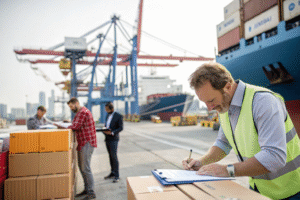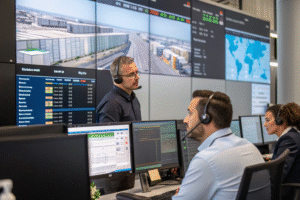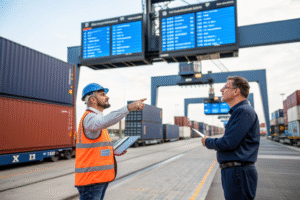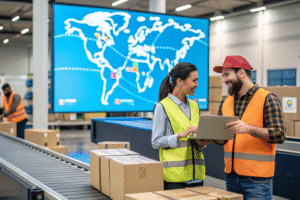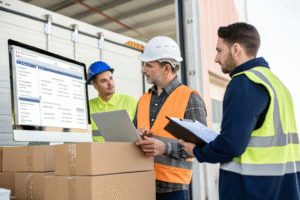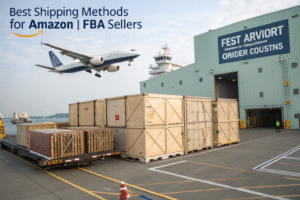The freight forwarding industry, once known for paper-heavy processes and phone-based communication, is undergoing a massive digital transformation. Many business owners wonder if their logistics partners are keeping pace with technological advancements that directly impact supply chain visibility and efficiency. Understanding technology's role is key to choosing a forwarder who can meet modern demands.
Technology in freight forwarding provides real-time shipment tracking, automates documentation, optimizes routes through data analytics, and enhances customs clearance accuracy. These digital solutions create more transparent, reliable, and cost-effective supply chains for businesses shipping goods internationally.
Let's explore the specific technologies that are reshaping freight forwarding and how they directly benefit your business's bottom line and operational efficiency.
How does real-time tracking technology benefit shippers?
For decades, shippers faced the "black hole" problem - once goods left the origin port, they had little visibility until they arrived. This uncertainty made planning difficult and increased anxiety. Modern tracking technology has completely transformed this experience, putting control and visibility back in the hands of the business owner.
Real-time tracking provides continuous updates on your cargo's location and status throughout its entire journey. This is achieved through a combination of API integrations with carrier systems, GPS tracking for overland transport, and IoT (Internet of Things) sensors on containers. The benefit is profound: you no longer need to constantly call or email for updates. You can see exactly where your shipment is, whether it's on a vessel in the Pacific Ocean or a truck approaching your warehouse, allowing for better inventory management and customer communication.
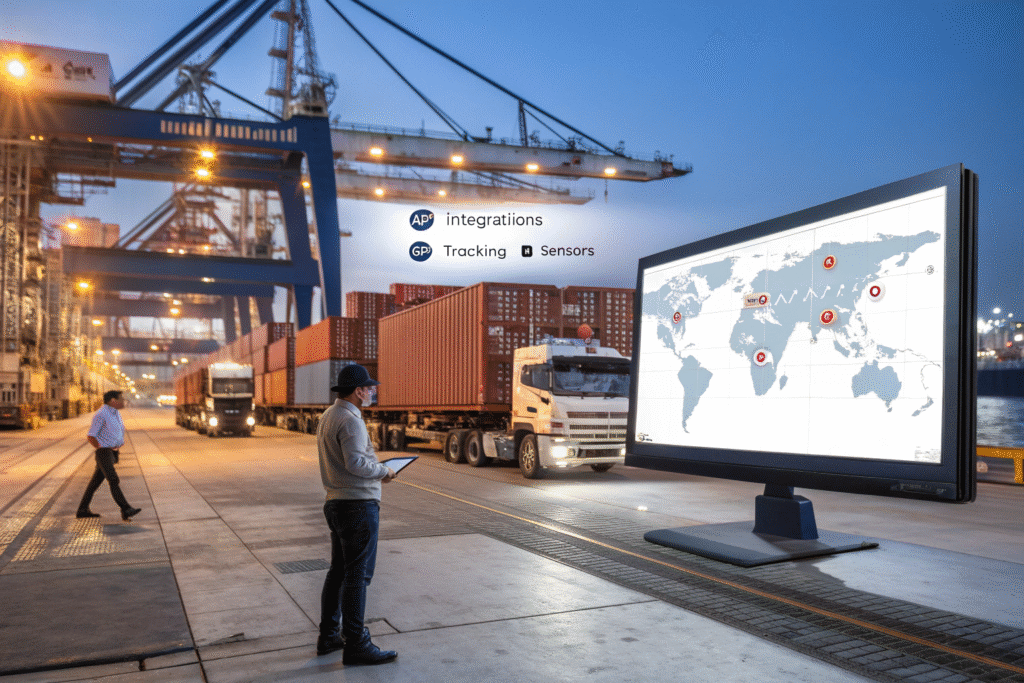
What can IoT sensors monitor beyond location?
IoT sensors represent a huge leap beyond simple location tracking. These smart devices can be placed inside containers to monitor a wide range of conditions in real-time:
- Temperature and Humidity: Critical for sensitive goods like electronics, pharmaceuticals, or certain types of apparel.
- Shock and Impact: Detects if a container has been dropped or handled roughly, which is vital for fragile items and quality control.
- Door Open/Close Status: Provides security by alerting you if a container is opened outside of scheduled checkpoints.
This data is transmitted via cloud platforms, allowing you and your forwarder to proactively address issues before they become major problems, ensuring the integrity of your products.
How do API integrations improve communication?
APIs (Application Programming Interfaces) act as digital bridges between different software systems. In freight forwarding, APIs allow our internal system to communicate directly with the systems of shipping lines, airlines, and trucking companies. This automated data exchange eliminates manual entry errors and provides you with the most accurate, up-to-date information directly in your tracking portal. Instead of relying on fragmented emails from multiple sources, you get a single, reliable view of your shipment's status, which dramatically improves planning and decision-making.
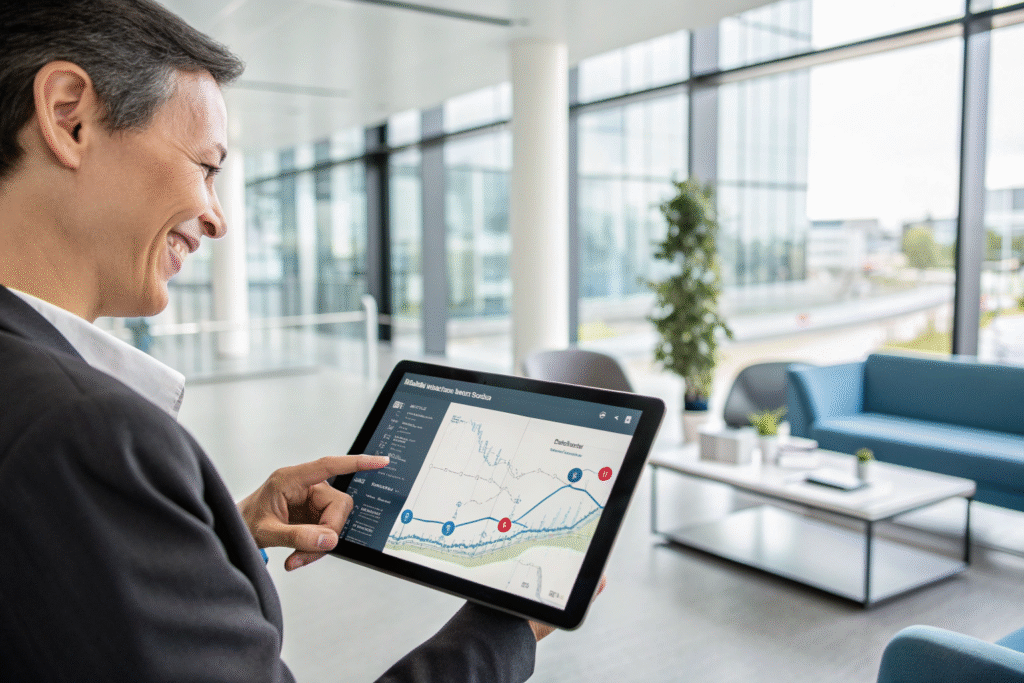
How is automation transforming freight documentation?
The documentation burden in international shipping is immense. A single shipment can require dozens of documents, including bills of lading, commercial invoices, packing lists, and certificates of origin. Manual processing is slow, prone to human error, and can lead to costly customs delays. Automation is solving these long-standing industry pain points.
Automation uses software and AI to handle repetitive document-related tasks. This includes auto-filling standard forms by pulling data from a central database, checking documents for completeness and accuracy, and even electronically submitting filings to customs authorities. The impact is significant: it reduces processing time from hours to minutes, minimizes errors that cause border holdups, and frees up human agents to focus on more complex, value-added tasks. For you, this means faster clearance and fewer administrative headaches.
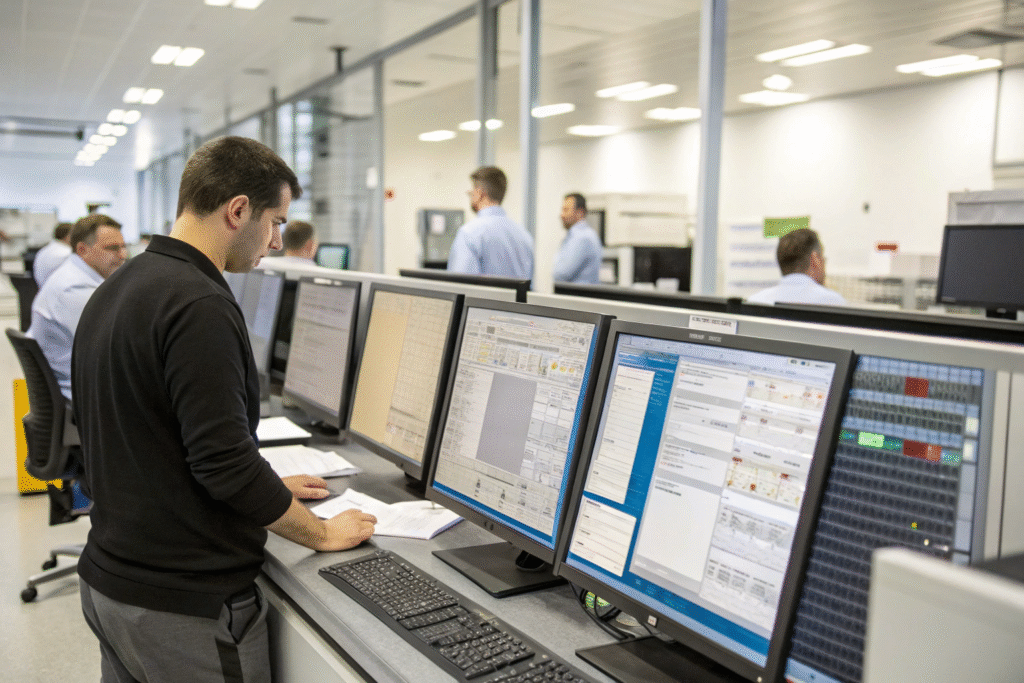
What are the key benefits of Electronic Data Interchange?
Electronic Data Interchange (EDI) is a foundational automation technology that allows for the structured, computer-to-computer exchange of business documents. For freight forwarding, the benefits are clear:
- Speed: Documents like shipping instructions and bills of lading are transmitted instantly.
- Accuracy: It removes the manual keying of data, which is a primary source of errors.
- Efficiency: It automates the entire document flow between shippers, forwarders, carriers, and customs brokers.
By utilizing EDI, we ensure that your shipping data flows seamlessly between all parties, preventing delays caused by missing or incorrect paperwork.
Can AI really help with customs classification?
Yes, Artificial Intelligence (AI) is becoming a powerful tool for one of the most complex documentation tasks: determining the correct Harmonized System code for customs. AI-powered software can analyze product descriptions and specifications to suggest the most appropriate HS codes. While a human expert always makes the final verification, the AI drastically speeds up the initial research and reduces the risk of misclassification. This leads to more accurate duty calculations and a lower chance of customs audits, directly protecting your bottom line.
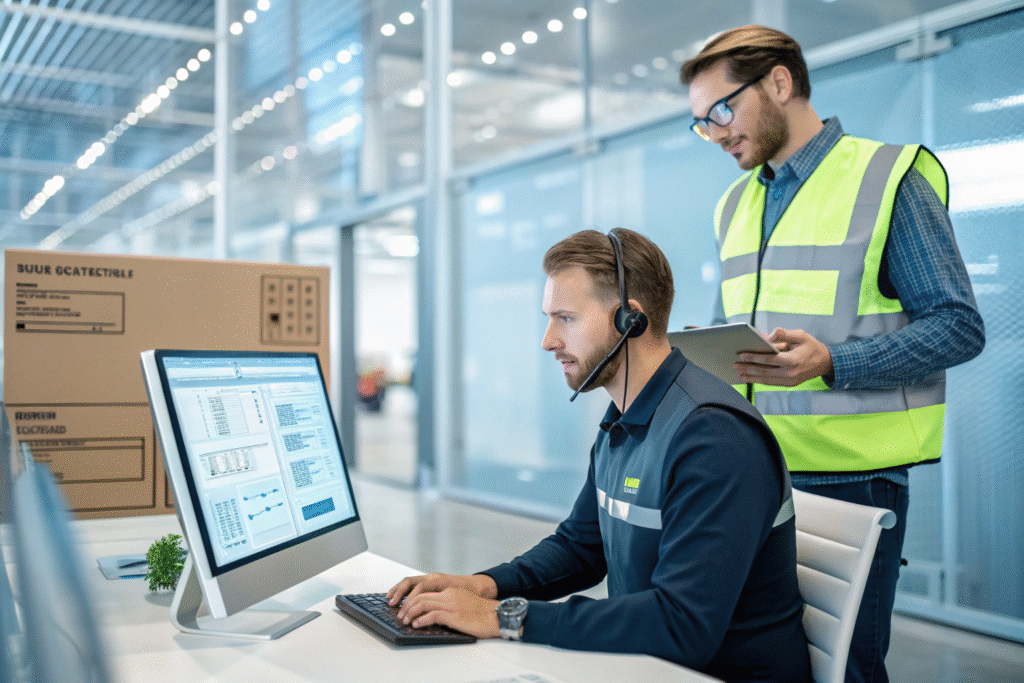
How does data analytics lead to better shipping decisions?
In today's competitive environment, gut feelings are no longer enough for managing logistics. Every shipment generates a massive amount of data. The forwarders who can harness this data effectively can provide their clients with a significant strategic advantage, turning logistics from a cost center into a competitive edge.
Data analytics involves collecting and analyzing historical and real-time shipping data to uncover patterns, predict outcomes, and identify opportunities for improvement. We use analytics to provide you with insights on optimized shipping routes, predict potential delays based on weather or port congestion, and benchmark your shipping performance against industry standards. This moves the conversation from "what happened" to "what will happen" and "how we can make it better."
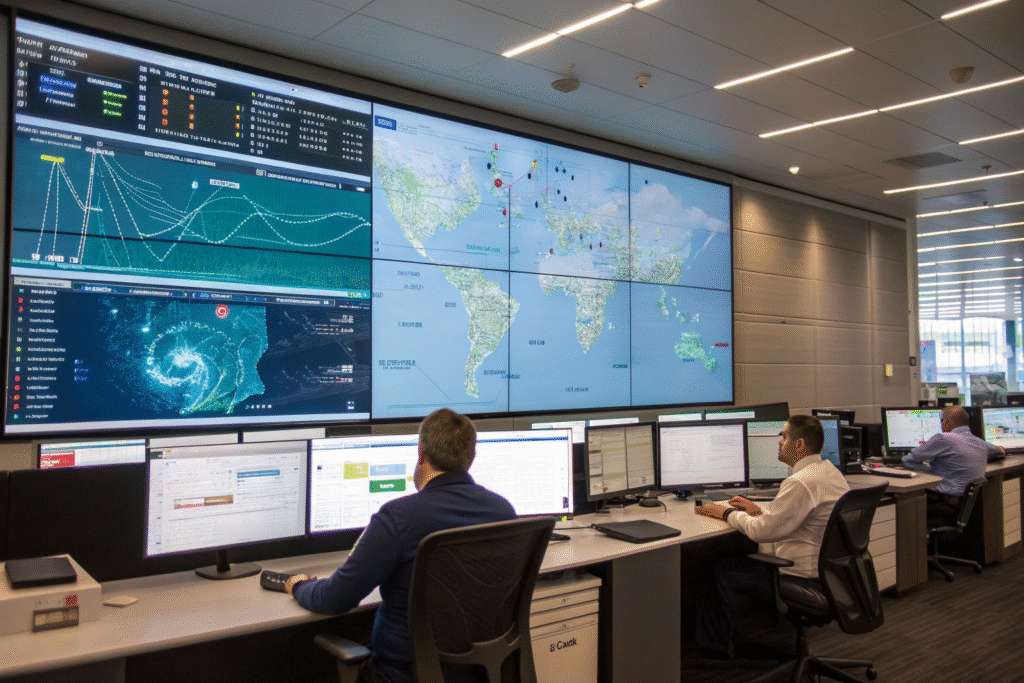
How can predictive analytics mitigate shipping delays?
Predictive analytics uses machine learning models to forecast potential disruptions in the supply chain. By analyzing vast datasets that include historical transit times, weather patterns, current port congestion levels, and even geopolitical events, the system can flag shipments that are at high risk of delay. For example, if a storm is likely to impact a major port like Los Angeles/Long Beach, we might proactively reroute your cargo or adjust your timeline expectations. This forward-looking approach allows for contingency planning, reducing the impact of disruptions on your business.
What logistics KPIs should you be tracking?
Key Performance Indicators (KPIs) are essential for measuring supply chain health. A tech-driven forwarder should provide you with a clear dashboard tracking metrics like:
- On-Time Delivery Rate: The percentage of shipments that arrive by the promised date.
- Freight Cost Per Unit: Helps you understand the true cost of your logistics.
- Customs Clearance Time: Measures efficiency in one of the most critical phases.
Monitoring these KPIs helps identify inefficiencies and demonstrates the tangible return on investment you get from a professional and technologically advanced logistics partner.

How do digital platforms improve customer experience?
The traditional model of calling or emailing a freight forwarder for every question or request is inefficient for both parties. Modern clients expect instant, self-service access to information and tools. Digital platforms are meeting this demand, creating a more seamless and empowered experience for shippers.
A comprehensive digital platform acts as a single point of access for all your logistics needs. Through a secure online portal or mobile app, you can get instant quotes, book shipments, upload documents, track cargo in real-time, view and pay invoices, and access your shipping history and analytics. This 24/7 accessibility puts you in control, streamlines your workflow, and provides a level of transparency that builds deep trust between you and your logistics provider.
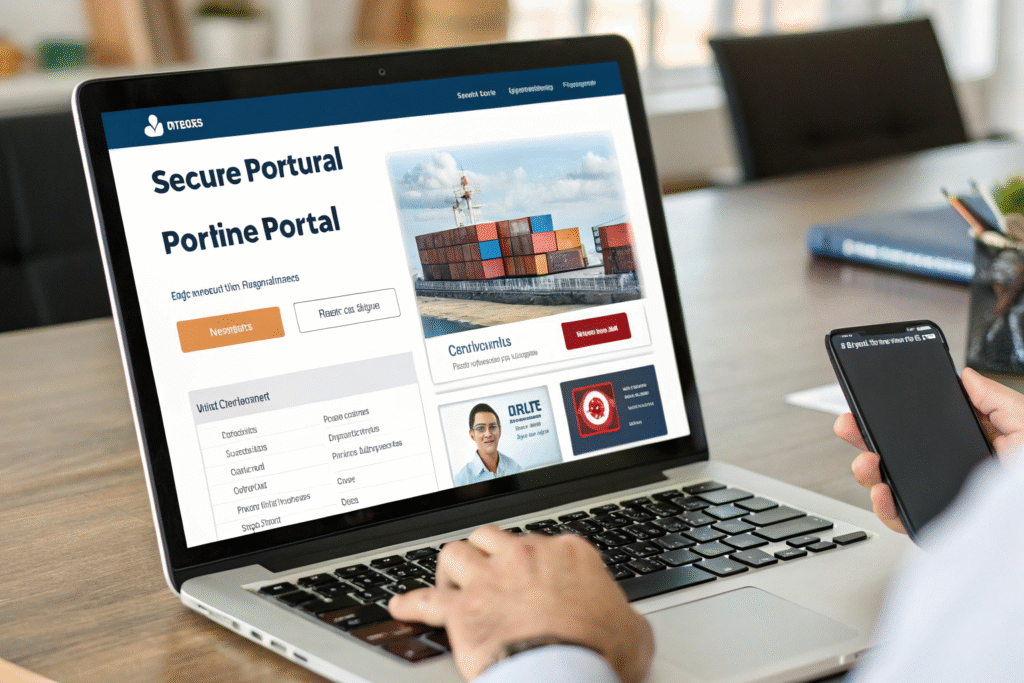
What features should you look for in a freight portal?
When evaluating a forwarder's technology, their customer portal is a window into their capabilities. Essential features include:
- Instant Quoting Engine: Allows you to get accurate freight costs for different modes (air, sea, rail) immediately.
- Centralized Document Management: A secure digital repository for all your shipping documents, from commercial invoices to bills of lading.
- Integrated Communication Log: Keeps a record of all messages and updates related to a shipment in one place, eliminating lost emails.
A robust portal saves you time and reduces the back-and-forth typically associated with international shipping.
How does technology enable better partnership and support?
Technology does not replace human relationships; it enhances them. By automating routine tasks, our team has more time to provide proactive, strategic support. The data from our platforms allows us to have more meaningful conversations about your supply chain, offering insights and recommendations for improvement. When you do need to contact us, the support agent has immediate access to all your shipment data and history, allowing them to resolve your issue quickly and effectively. Technology, therefore, enables a deeper, more valuable partnership.
Conclusion
Technology is no longer a luxury in freight forwarding; it is the core of an efficient, reliable, and transparent service. From real-time tracking and automated documentation to data-driven insights and user-friendly digital platforms, the right technological tools directly impact your supply chain's cost, speed, and reliability. When choosing a freight forwarder, prioritize those who invest in and leverage these technologies, as they are best equipped to navigate the complexities of modern global trade and become a true strategic partner for your business.


